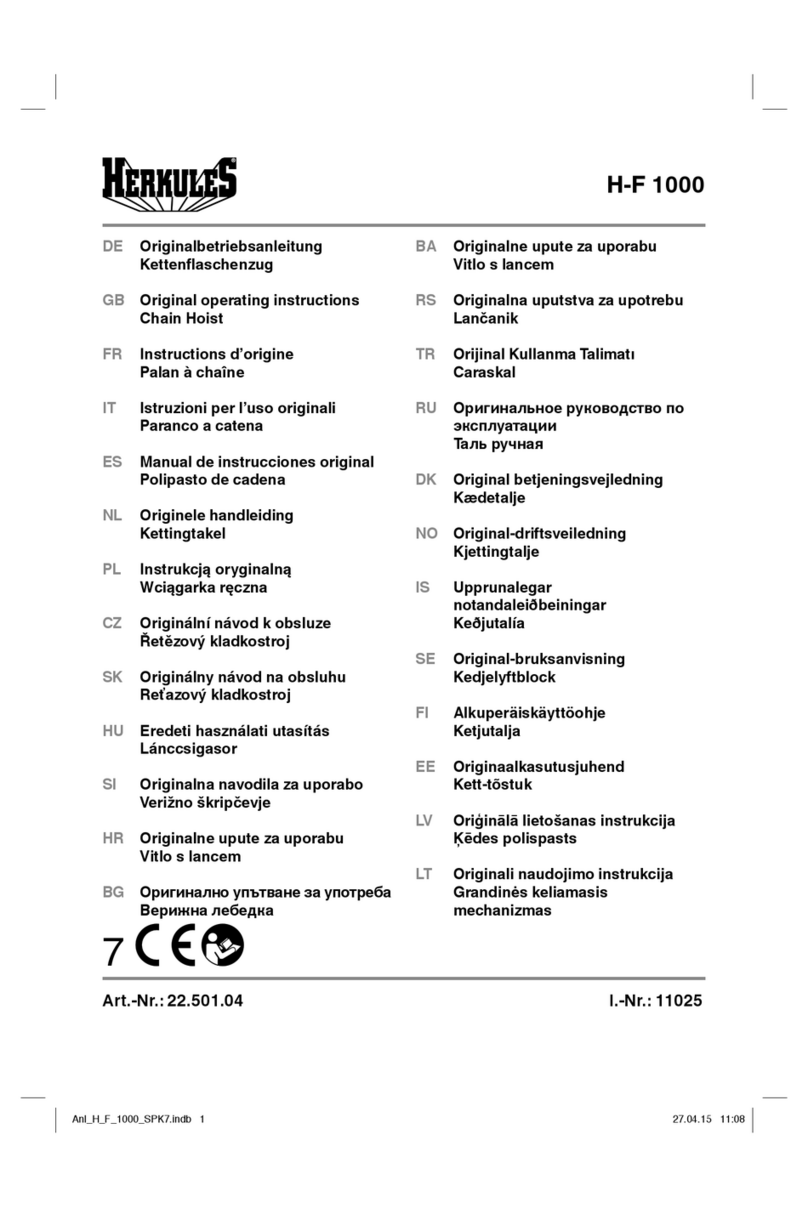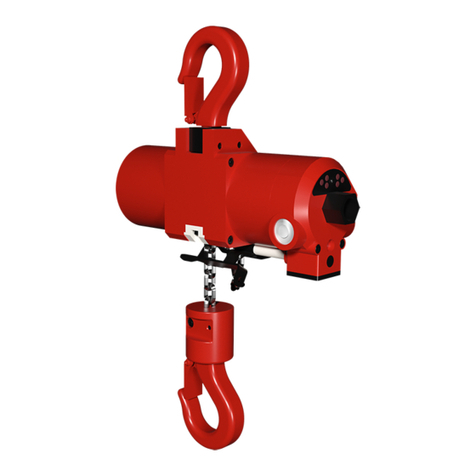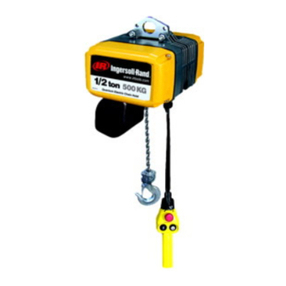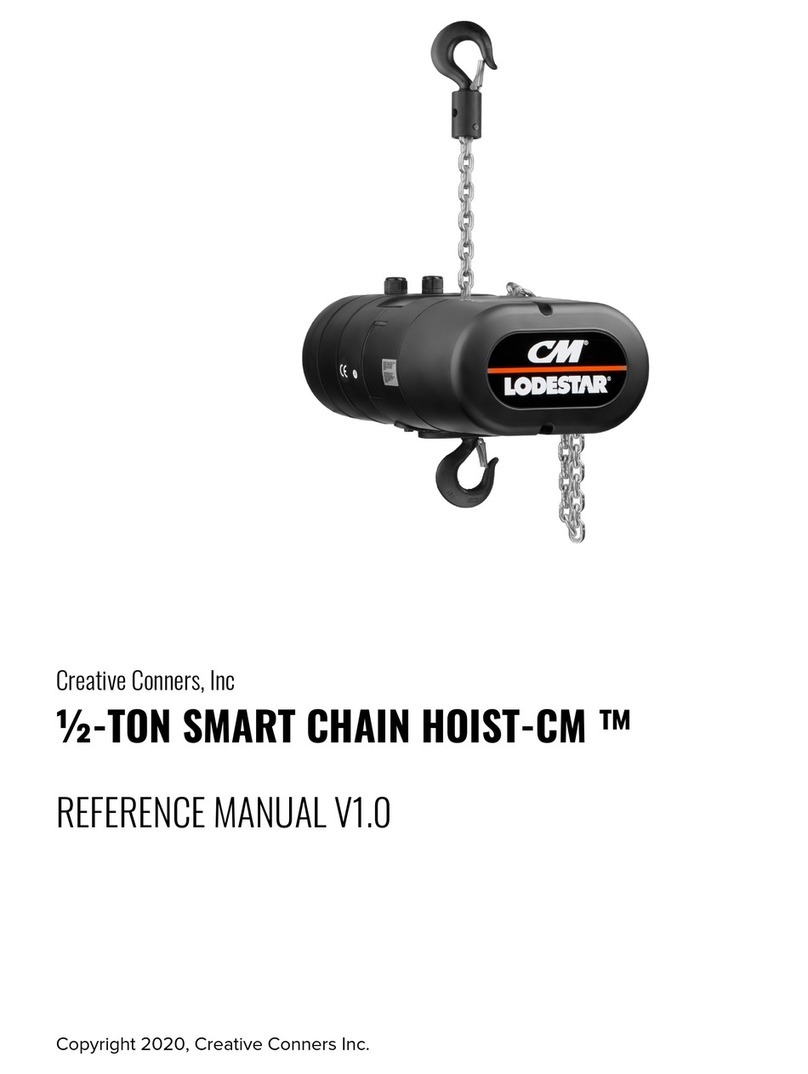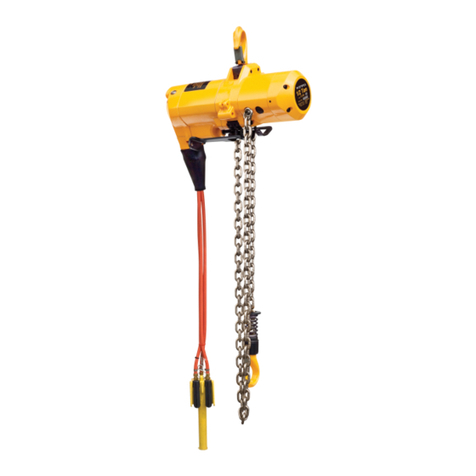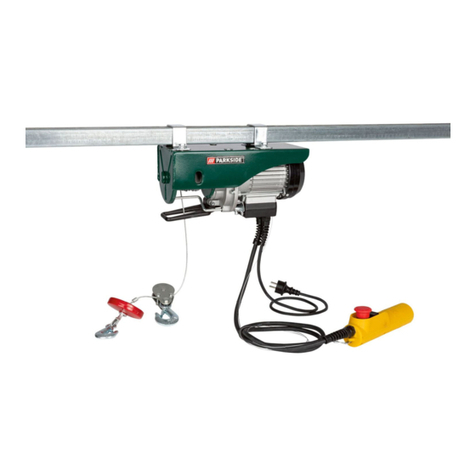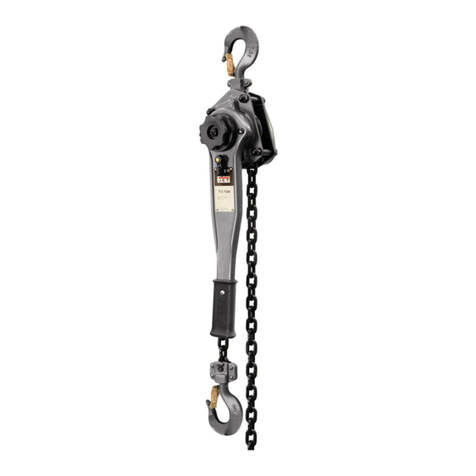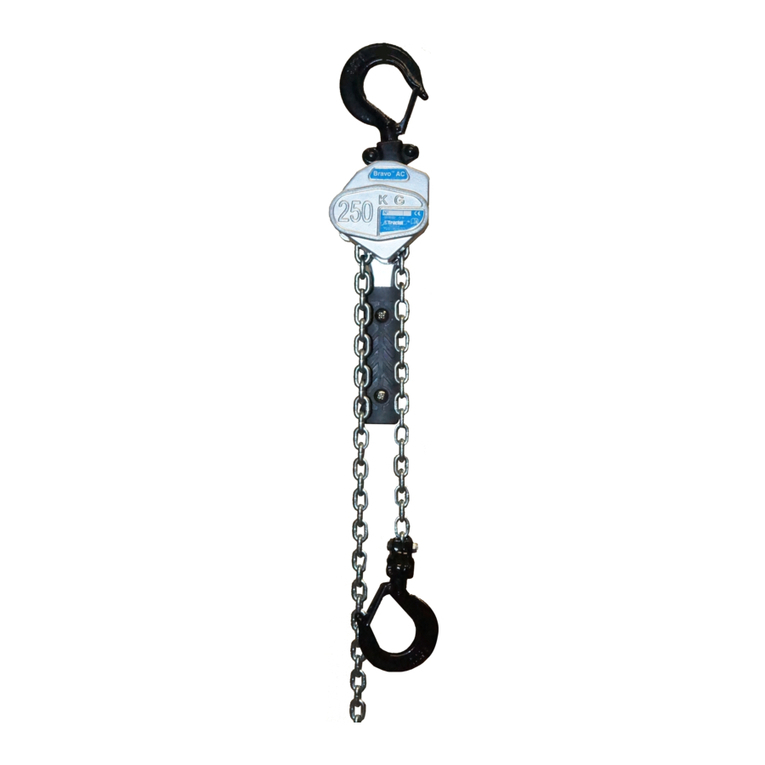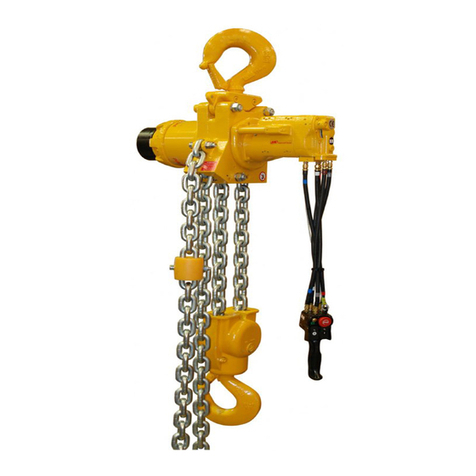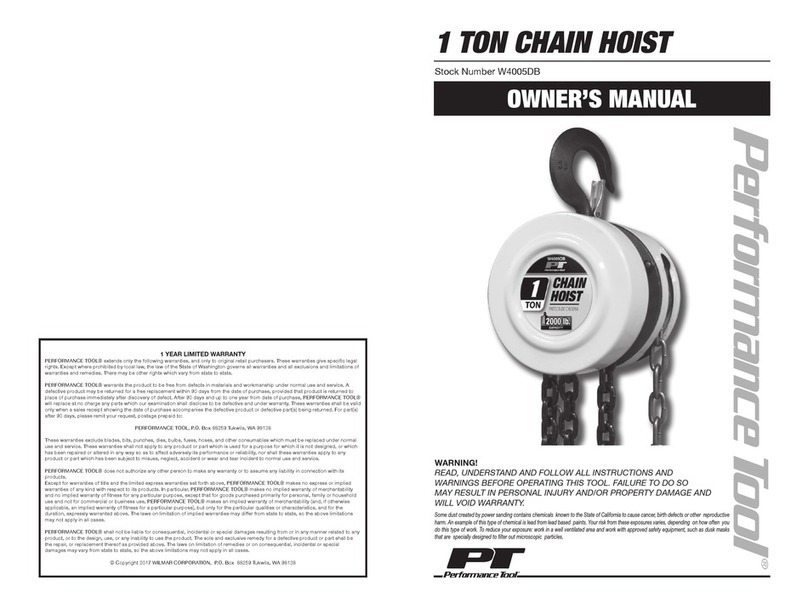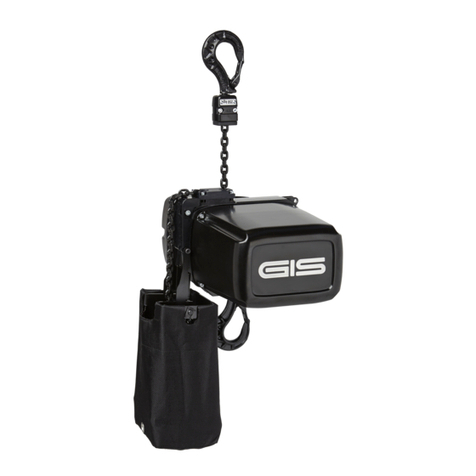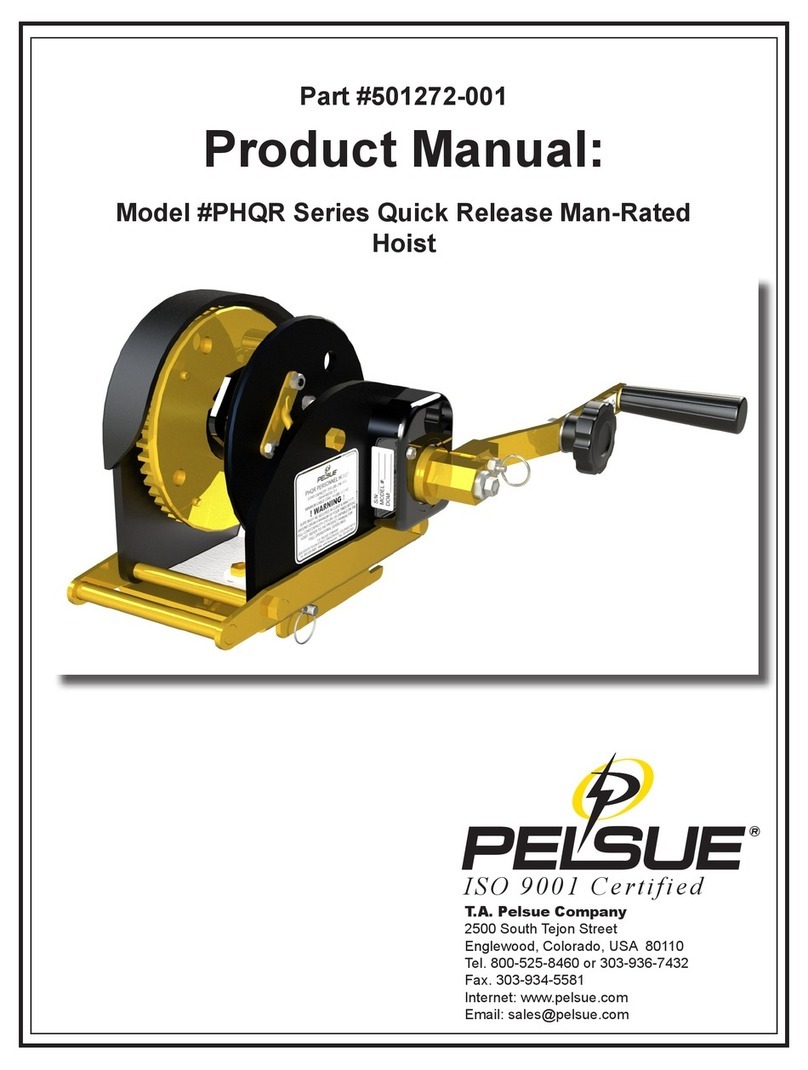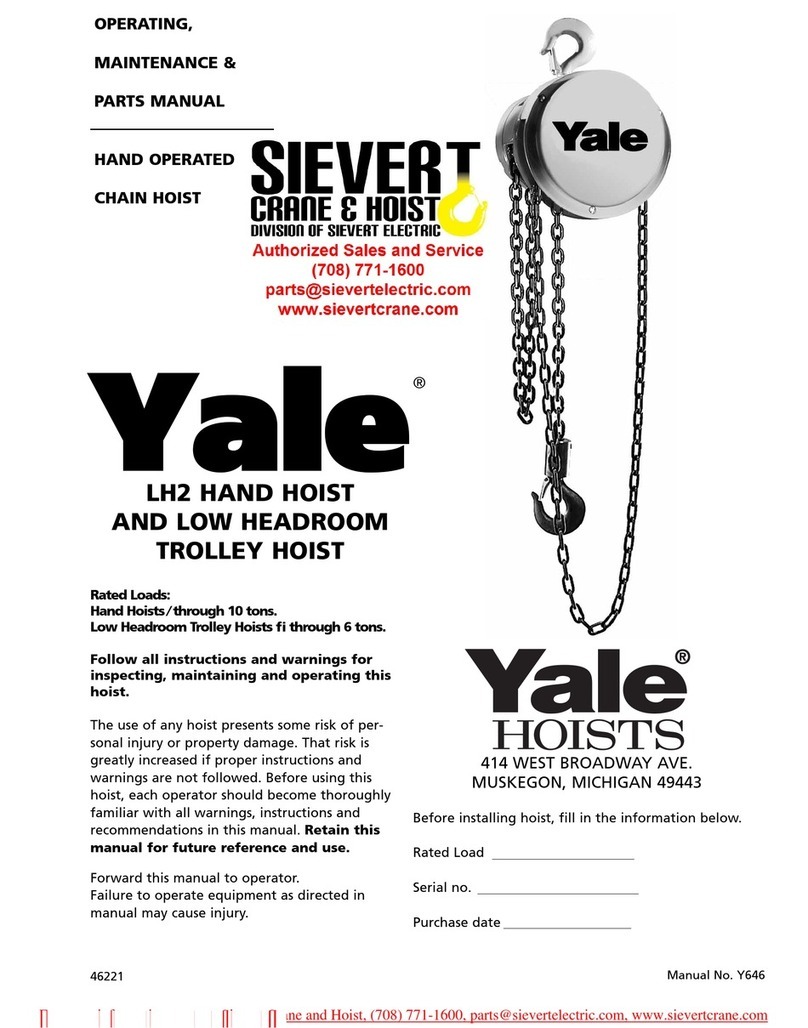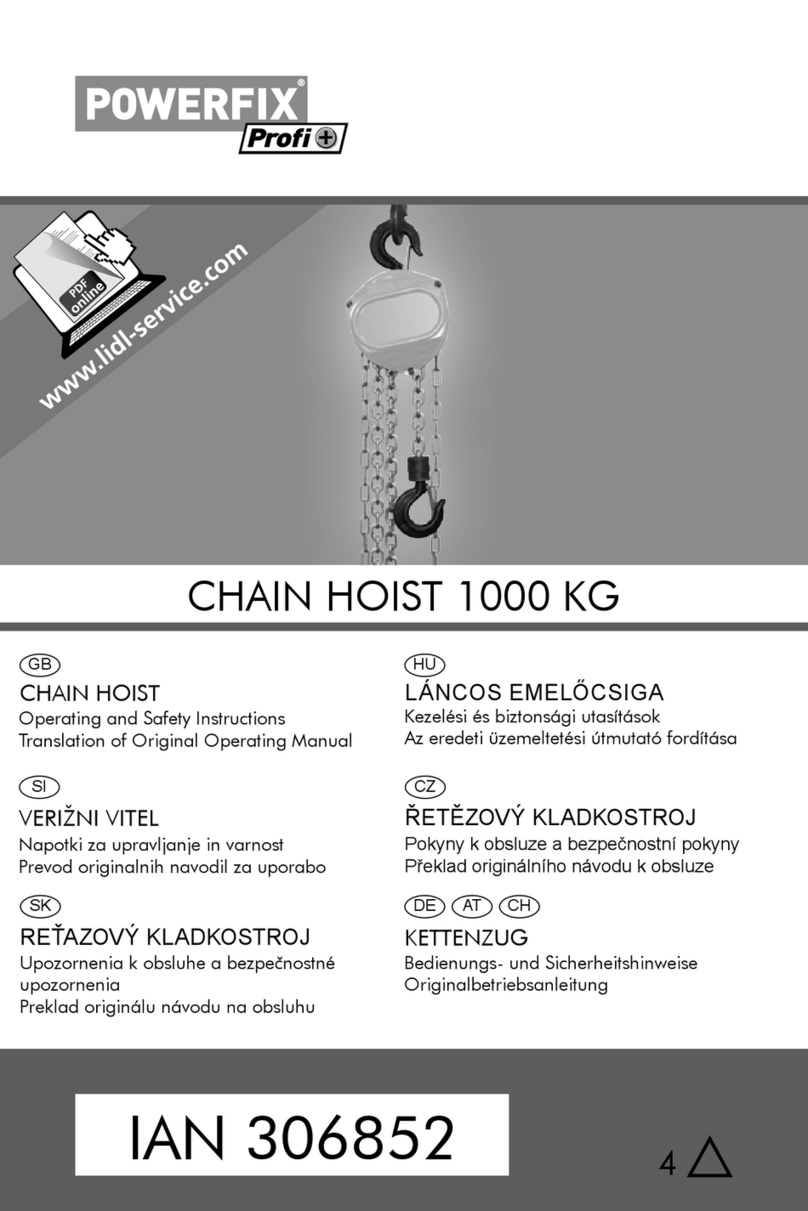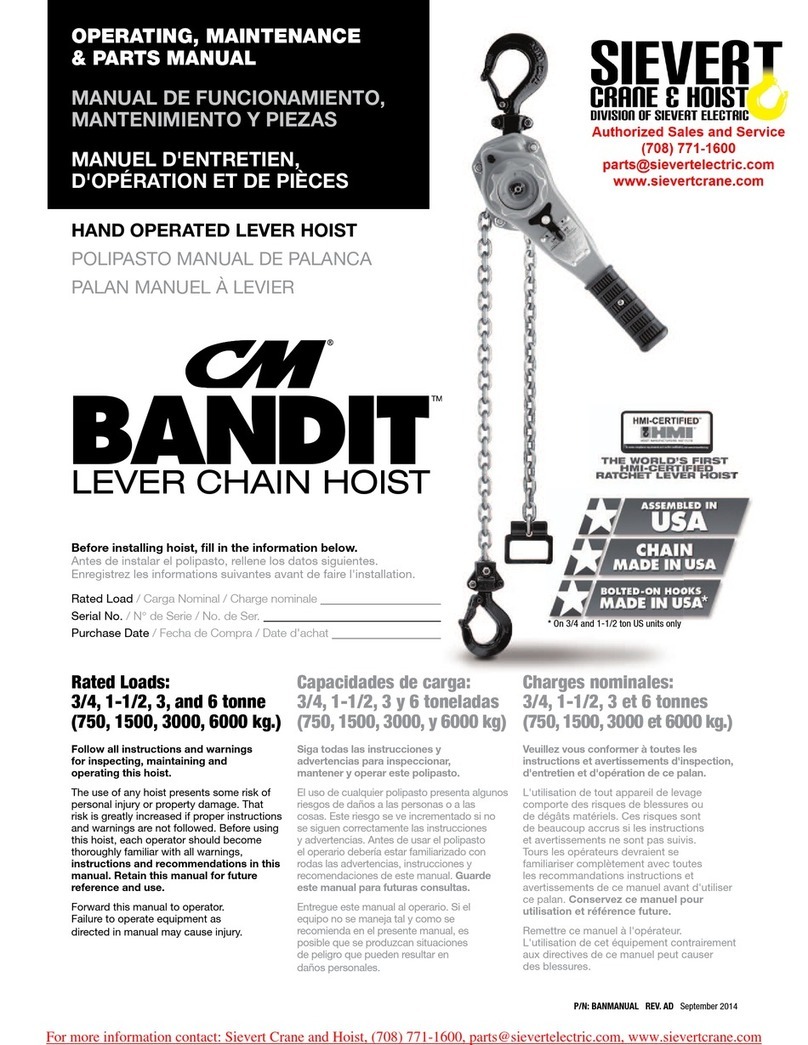User Guide
TGT. 27.09.2017 Technical Page 3 of 20
©Copyright by Habegger Maschinenfabrik AG Version 02 / 27.09.2017
Contents
1General specifications ........................................................................................................................................................... 6
1.1 Drive mechanism.......................................................................................................................................................... 6
1.2 Housing cover ............................................................................................................................................................... 6
1.3 Rope.............................................................................................................................................................................. 6
1.4 Operation ..................................................................................................................................................................... 6
1.5 Braking.......................................................................................................................................................................... 6
2Assembly and performance .................................................................................................................................................. 7
3Safety instructions................................................................................................................................................................. 8
3.1 Proper use .................................................................................................................................................................... 8
3.2 Safety instructions in this user guide............................................................................................................................ 8
3.3 General safety instructions........................................................................................................................................... 9
3.4 Approved users........................................................................................................................................................... 12
3.5 Warranty and Guarantee ........................................................................................................................................... 12
3.6 Actions in case of emergency ..................................................................................................................................... 12
4Technical specifications....................................................................................................................................................... 13
5Operation ............................................................................................................................................................................ 14
5.1 Preparation................................................................................................................................................................. 14
5.2 Insert rope .................................................................................................................................................................. 15
5.3 Pulling and hoisting .................................................................................................................................................... 16
5.4 Lowering ..................................................................................................................................................................... 17
6Faults ................................................................................................................................................................................... 18
7Maintenance ....................................................................................................................................................................... 19
8Replacement parts .............................................................................................................................................................. 19
9Disposal ............................................................................................................................................................................... 20
10 Accessories.......................................................................................................................................................................... 20
10.1 Supporting pipe .......................................................................................................................................................... 20
10.2 Carrying handle .......................................................................................................................................................... 20

